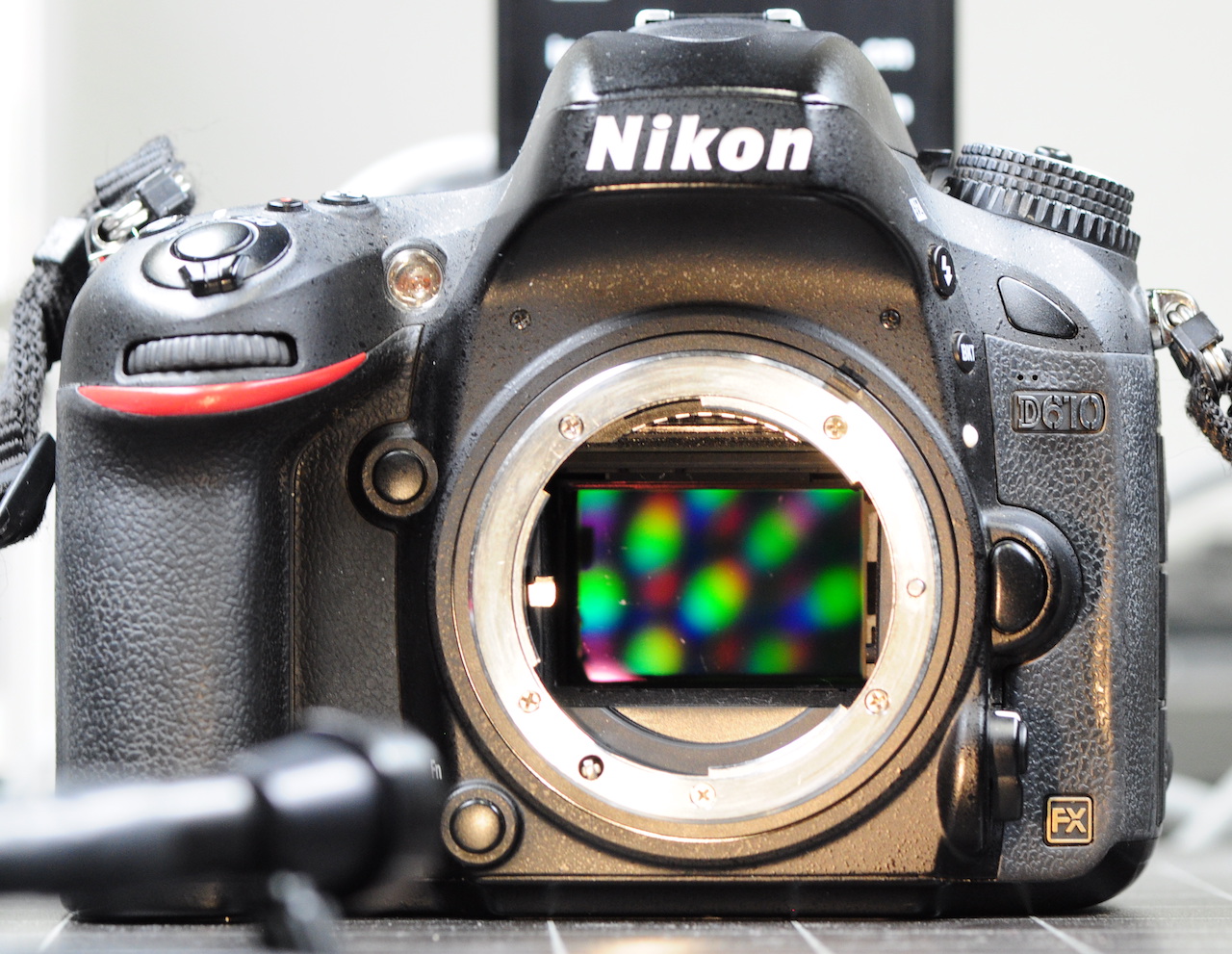Full Frame: Difference between revisions
No edit summary |
No edit summary |
||
| Line 3: | Line 3: | ||
<div class="jumbotron"> | <div class="jumbotron"> | ||
==The full 35mm photo sensor== | ==The full 35mm photo sensor== | ||
This is a large photosensor that is (more or less) the same size of the traditional 35mm. | This is a large photosensor that is (more or less) the same size of the traditional 35mm film. | ||
</div> | </div> | ||
| Line 12: | Line 12: | ||
<div class="col-xs-12 col-md-8 col-lg-8"> | <div class="col-xs-12 col-md-8 col-lg-8"> | ||
<div class="panel panel-default"> | <div class="panel panel-default"> | ||
<div class="panel-heading">''' | <div class="panel-heading">'''A lucky coincidence'''</div> | ||
<div class="panel-body"> | <div class="panel-body"> | ||
[[Digital]] [[cameras]] rely on image sensors instead of photographic film to capture images. For [[analog]] photography, the 35mm film had established it over many years. The size of the film also determined the parameters of the [[lenses]] as they needed to be designed in a way to illuminate the full size of the film. Once [[digital]] cameras started appearing, the film was replaced by an image sensor that could convert the light intensity to an electrical signal. | |||
At this point it was actually a coincidence that it was still possible to manufacture image sensors the size of 35mm film, roughly 36mm by 24mm. The beauty of this was that, new digital cameras could continue to use all the [[lenses]] developed for 35mm film directly. | |||
</div> | </div> | ||
</div><!-- End of pan --> | </div><!-- End of pan --> | ||
| Line 24: | Line 23: | ||
=== Further Reading === | |||
* [[Combine APS-C and full frame cameras]] | |||
* [[Most equipment is more than good enough]] | |||
=== Full frame equipment on this wiki=== | |||
====[[Cameras]]==== | |||
<DynamicPageList> | |||
category = Cameras | |||
category = Full | |||
suppresserrors=true | |||
mode=inline | |||
</DynamicPageList> | |||
====[[Lenses]]==== | |||
<DynamicPageList> | |||
category = Lenses | |||
category = Full | |||
suppresserrors=true | |||
mode=inline | |||
</DynamicPageList> | |||
[[Category:Cameras]] | [[Category:Cameras]] | ||
{{Photodisclaimer}} | {{Photodisclaimer}} | ||
Revision as of 21:24, 28 November 2020
The full 35mm photo sensor
This is a large photosensor that is (more or less) the same size of the traditional 35mm film.
Digital cameras rely on image sensors instead of photographic film to capture images. For analog photography, the 35mm film had established it over many years. The size of the film also determined the parameters of the lenses as they needed to be designed in a way to illuminate the full size of the film. Once digital cameras started appearing, the film was replaced by an image sensor that could convert the light intensity to an electrical signal.
At this point it was actually a coincidence that it was still possible to manufacture image sensors the size of 35mm film, roughly 36mm by 24mm. The beauty of this was that, new digital cameras could continue to use all the lenses developed for 35mm film directly.
Further Reading
Full frame equipment on this wiki
Cameras
Canon EOS RP, Nikon D850, Nikon D750, Nikon D610, Nikon D700
Lenses
These pages are for Amateur Photographers and not really for seasoned photographers and professionals. I have no affiliation or commercial interest with any brand/make. I write from my own experience. I ended up using mainly Nikon, so I am more familiar with this brand than others. See price for notes on pricing as well as photography related links.
